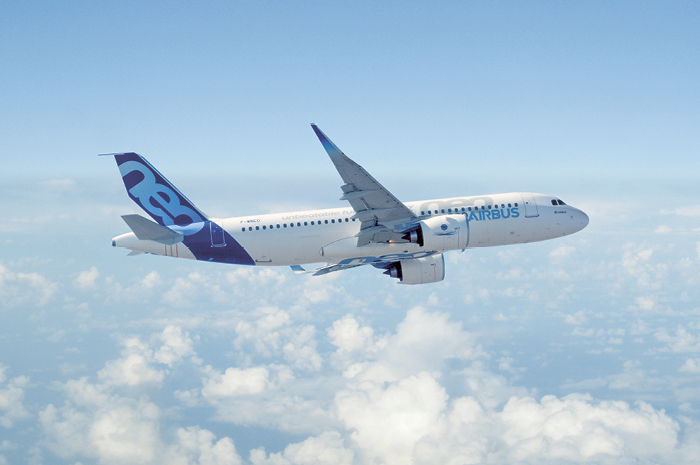MTU’s technology agenda is called Clean Air Engine (Claire). In it, we lay out potential solutions and concepts for sustainable commercial engines to pave the way for emissions-free flight. All efforts are aimed at reducing climate impact—that is, CO2 and NOx emissions and contrail formation. Reducing energy consumption is also a crucial outcome.
Key elements are evolutionary enhancements of the gas turbine engine based on the geared turbofan (GTF), and completely new, revolutionary propulsion concepts, such as the Revolutionary Turbofan and the Flying Fuel CellTM. Sustainable aviation fuels (SAFs) and hydrogen play an important role.
There are three stages on the journey to emissions-free flight: The first stage is marked by the geared turbofan, which has been a standard component since 2016. In conjunction with SAFs, it can already significantly reduce climate impact today. In the second stage, MTU aims to realize not only the next generation of the GTF but also the Revolutionary Turbofan for all thrust classes and the Flying Fuel Cell for short-haul regional routes—all by 2040. A state-of-the-art turbofan powered by hydrogen is also possible. Stage three will begin in 2050 and is aimed at further improving the efficiency of all propulsion technologies and introducing the fuel cell on short- and medium-haul routes.





